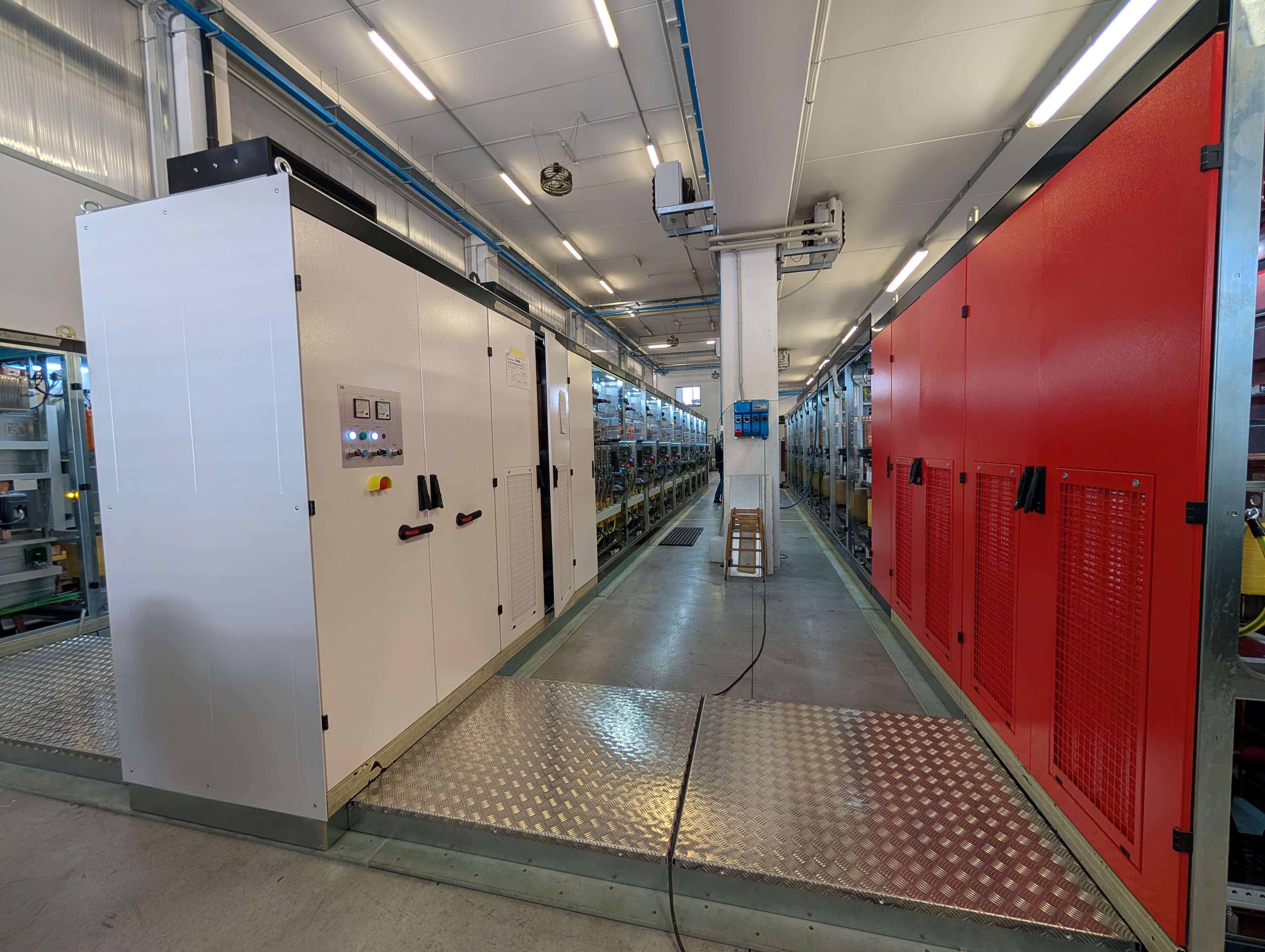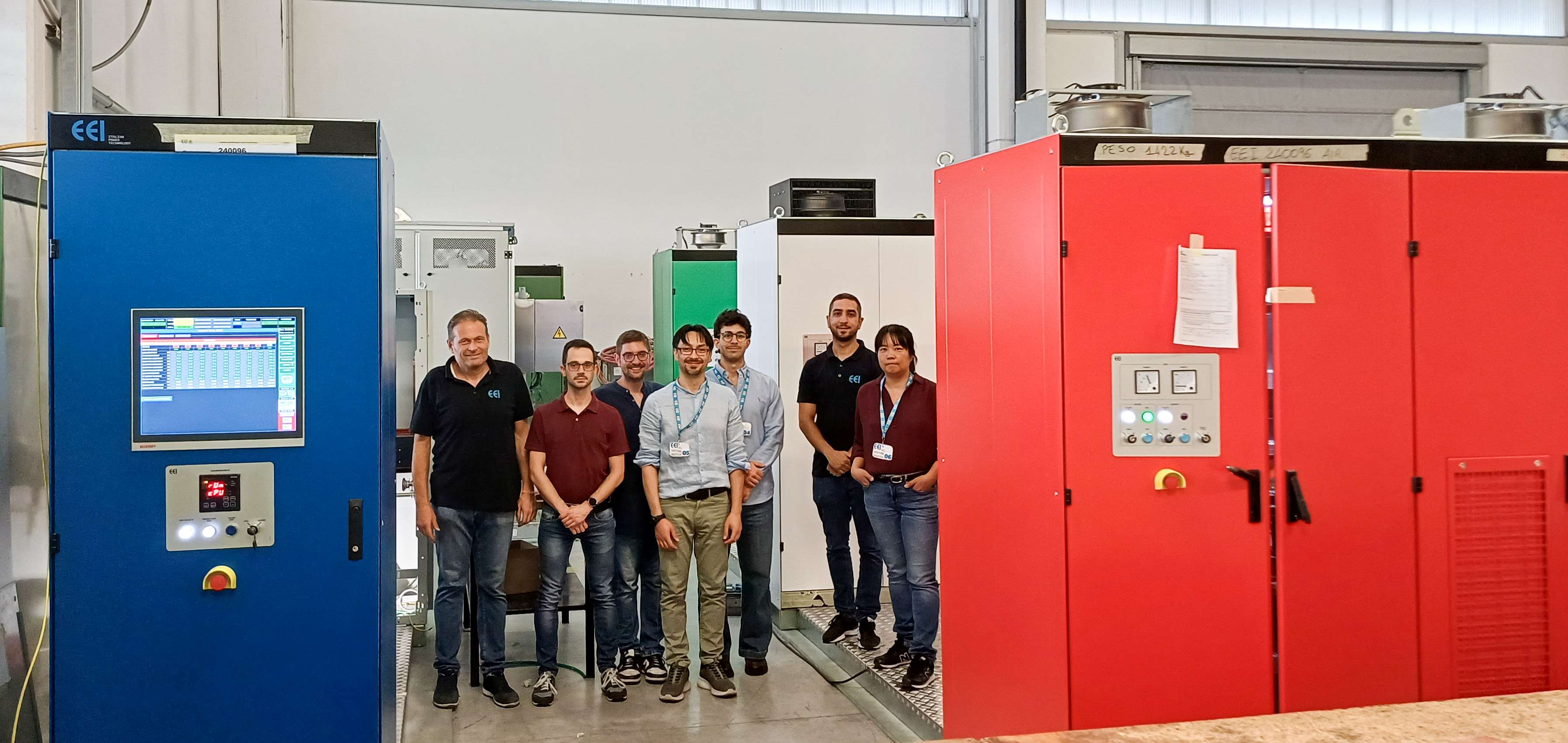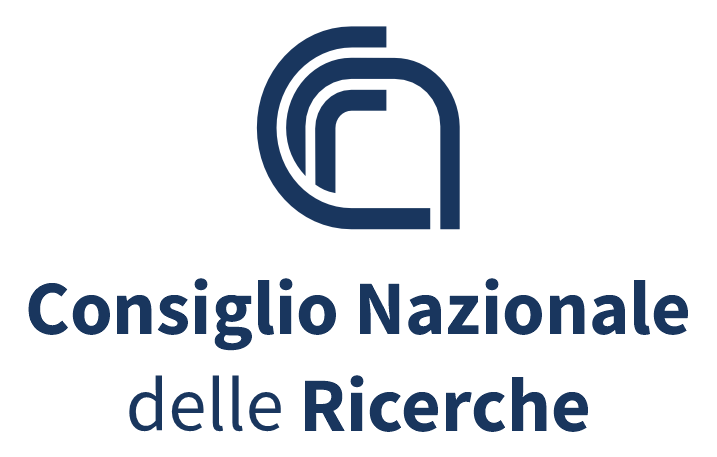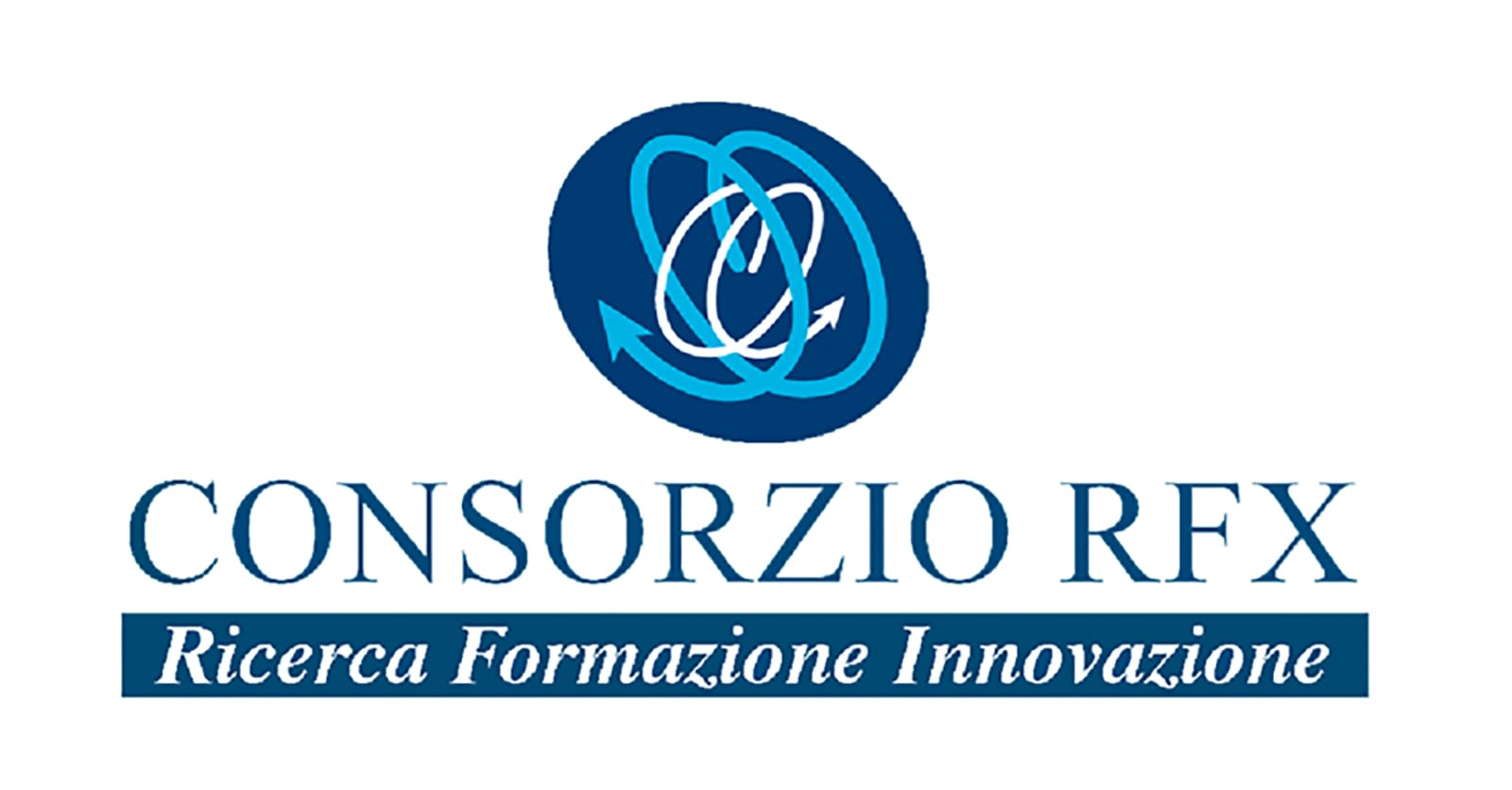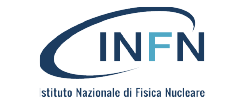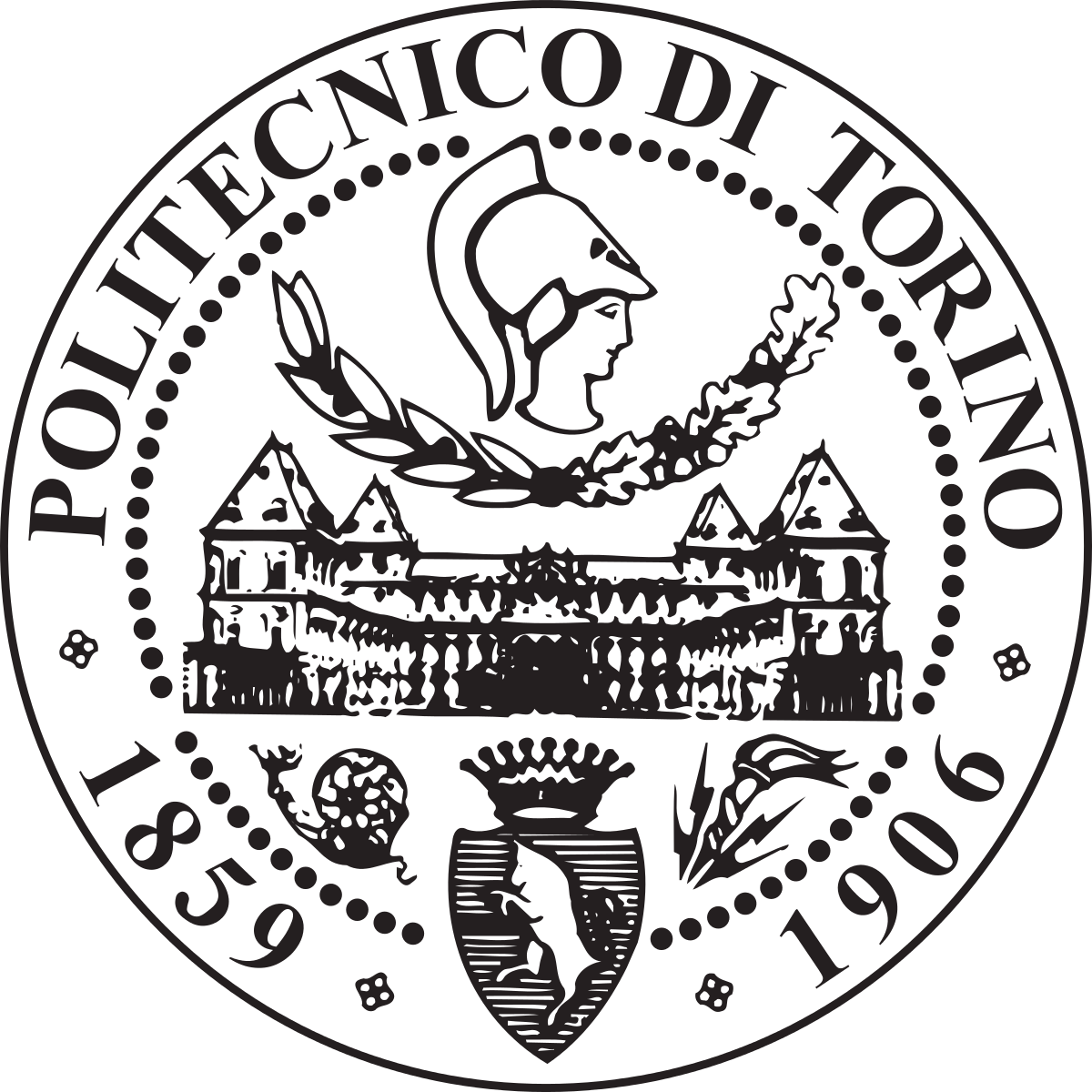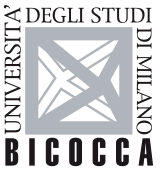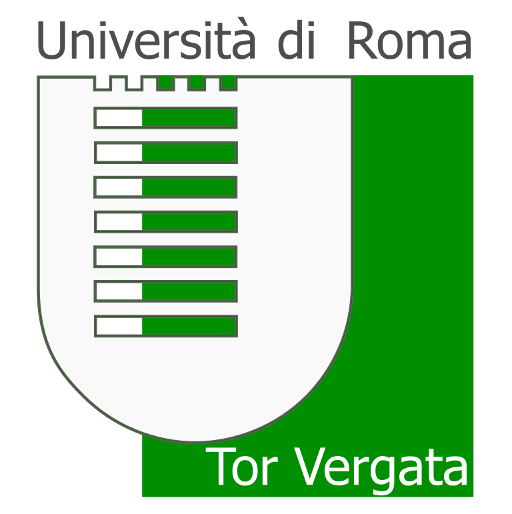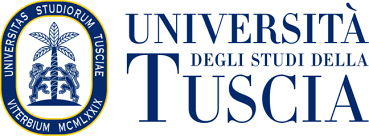EEI’s Advanced Power Electronics for the NAS Coils of DTT
Thanks to the Divertor Tokamak Test (DTT) — one of the largest research investments ever made in Italy — the country stands at the forefront of the global race toward fusion energy, a complex yet crucial challenge for our shared future. In tackling it, DTT draws on the expertise of some of Italy’s leading industrial, technological, and scientific institutions. Understanding these partners means understanding DTT itself — and, in a broader sense, Italy.
EEI – Equipaggiamenti Elettronici Industriali, founded in Vicenza in 1978 and officially recognized as a “Research Laboratory” by the Ministry of Scientific Research in 1996, represents one of these pillars. The company also supplied power systems for CERN’s Large Hadron Collider in Geneva. Today, EEI counts more than 3,000 installations worldwide. We spoke with Emanuele Massarelli, Vice President and Board Member of EEI, to learn more about the company’s role in DTT.
Engineer Massarelli, EEI originally focused on power electronics for industry and transport, yet in 2001 it became a key partner for Big Science projects, collaborating with institutions such as CERN, ITER, and DTT. Is that correct?
Yes. Our transition into the world of Big Science in 2001 was a strategic evolution, driven by the belief that our expertise in power electronics could meet the most demanding requirements of physics research. The key to this success has been our constant investment in Research and Development — an area that currently involves 40% of our workforce.
That sounds like a significant shift.
It certainly was. Industrial applications primarily demand reliability, while Big Science requires extreme precision and stability — maintaining, for example, magnetic currents within just a few parts per million (ppm) for hours on end. The experience we gained from developing 444 four-quadrant AC/DC converters (±600 A / 10 V) used to power the superconducting dipoles of the LHC tunnel, as well as systems for hadron therapy, built the technological foundation we now bring to strategic fusion-energy projects like DTT.
Let’s focus on DTT. EEI has supplied 27 power supply systems for the NAS (Non-AxiSymmetric In-Vessel) Coils. Could you explain, in simple terms, the role of these power supplies within the Tokamak’s complex architecture?
Fusion in a Tokamak relies on the ability to confine plasma heated to millions of degrees using powerful magnetic fields. The success of experiments such as the Divertor Tokamak Test depends on plasma stability. Even the smallest geometric imperfections or external disturbances can create non-axisymmetric Error Fields (EFs) that trigger instabilities — such as Edge-Localized Modes (ELMs) — potentially leading to a rapid plasma disruption.
Our system, made up of 27 independent power supply units, plays a crucial role in correcting these phenomena in real time by powering the NAS coils. This ensures stable confinement and allows DTT to operate at peak efficiency.
What engineering challenges did you face in developing converters with such demanding specifications — up to 2,500 A and 400 Vdc?
The main challenge was to combine high current (up to 2,500 A) with the reliability required by the DTT project. To achieve this, we designed 27 fully independent power supply systems — one for each NAS coil — built using the most advanced technologies available today.
Working on such a cutting-edge project must also drive innovation. How does the experience gained from DTT influence EEI’s future strategy? And what technological benefits do you foresee for Italy’s industrial ecosystem?
Participating in DTT pushes us to go beyond the limits of current technology. The innovative solutions integrated into our converters — driven by DTT’s complexity — do not stay confined to the lab: they transfer directly into our industrial and renewable-energy sectors, enhancing efficiency, miniaturization, and reliability in our standard products.
Big Science projects like DTT are genuine innovation accelerators. Our partnership with DTT not only consolidates EEI’s role in power electronics for fusion on a global scale but also strengthens Italy’s technological supply chain. It demonstrates — something not everyone realizes — that Italian industry is fully capable of meeting the greatest scientific challenges of the world’s energy future.
